Optimal monitoring with unique fire alarm (fire detection and early warning)
Temperature Monitoring in Refining and Petrochemical Plants
Refining and petrochemical plants are crucial components of the energy and chemical industries. They are used to process crude oil and other chemicals to produce various fuels, lubricants, chemicals, and other petrochemical products. In these plants, temperature is a critical parameter that is vital for the safe operation of equipment, product quality, and process stability.
Refining and petrochemical plants involve various high-temperature and low-temperature chemical reactions, distillation, separation, storage, and transportation processes. Temperature control and monitoring are crucial to ensure the efficiency of chemical reactions and product quality. Excessive or inadequate temperatures can lead to equipment failures, ineffective chemical reactions, decreased product quality, and even accidents.
Therefore, accurate monitoring and control of temperatures at various stages of refining and petrochemical processes are essential. Real-time monitoring and analysis of temperature data enable timely detection of temperature anomalies and trends, allowing necessary adjustments to be made to ensure normal equipment operation and product quality.
Distributed fiber optic temperature sensing technology provides a high-precision and real-time temperature monitoring solution. By deploying fiber optic sensors in critical equipment, pipelines, storage tanks, and other important locations, temperature variations can be comprehensively monitored. These sensors offer high-resolution temperature data, covering a wide area, and can operate reliably in complex industrial environments.
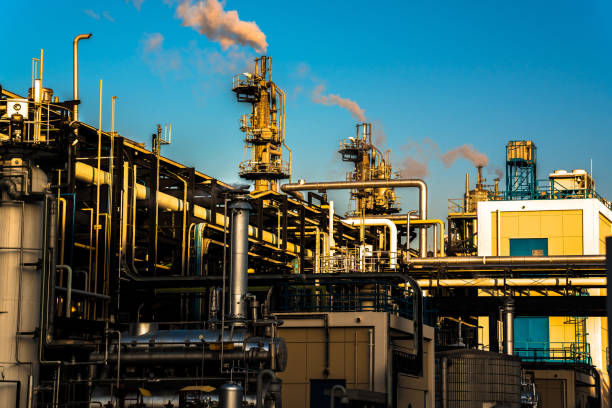
Solution:
Fiber Installation: Install distributed fiber optic sensors at key locations in refining and petrochemical plants, such as pipelines, storage tanks, reactors, etc. The fiber optic sensors are in contact with the surface of the equipment or the surrounding environment to sense temperature changes.
In refining and petrochemical plants, distributed fiber optic temperature sensing technology can be used for temperature monitoring. Here are common methods for fiber installation:
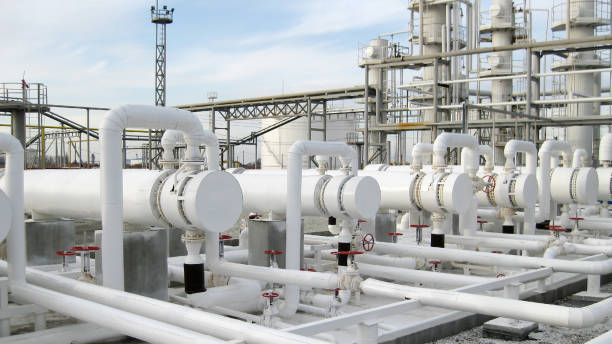
Pipeline Installation: Arrange fiber optic sensors along the pipelines in refining and petrochemical plants. The fiber can be in direct contact with the pipelines or fixed on the surface of the pipelines using mounting devices. This enables real-time monitoring of pipeline temperatures.
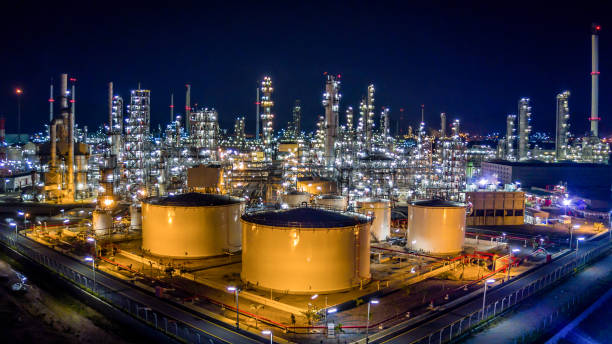
Storage Tank Installation: Install fiber optic sensors inside or outside the storage tanks. The fiber can be in contact with the tank walls or the bottom to sense temperature changes inside the tanks. For larger tanks, multiple fiber optic sensors can be used for distributed installation to cover the temperature monitoring of the entire tank.
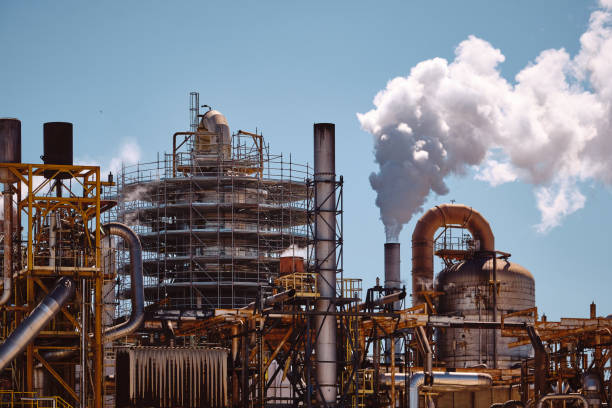
Reactor Installation: Install fiber optic sensors inside or outside the reactors in refining and petrochemical plants. The fiber can be in contact with the reactor walls or the bottom to monitor temperature changes in the reactors. Depending on the size and shape of the reactors, fiber optic sensors can be flexibly installed.

Environmental Installation: In addition to installing fiber optic sensors on equipment and pipelines, it is also possible to install fiber optic sensors in the environment of refining and petrochemical plants. For example, install fiber optic sensors along the airflow paths in the plant to monitor changes in air temperature. This provides environmental temperature information for comprehensive evaluation of the plant's temperature conditions.
Factors to consider when deploying fiber optics include:
Selection of appropriate fiber type and sensor: Choose the right fiber type and sensor based on the specific application requirements, ensuring they can withstand the working environment and temperature range of refining and petrochemical plants.
Selection of deployment locations: Choose suitable locations for fiber installation based on the equipment and pipelines that need monitoring. Focus on critical areas with temperature variations and high risk of failures.
Fixation and protection measures: Implement proper fixation and protection measures to ensure good contact between the fiber optic sensors and the surfaces of the equipment or pipelines. Protect the fiber from damage or interference.
Data collection and connectivity: Connect the fiber optic sensors to the monitoring system to enable real-time data collection and transmission for temperature monitoring and analysis.
By deploying fiber optic sensors in a well-planned manner, temperature monitoring can be achieved in various areas of refining and petrochemical plants, providing timely temperature data and alerts. This helps plant operators make informed decisions and take appropriate actions to ensure safe operation and product quality.
Real-time monitoring: Using distributed fiber optic temperature sensing technology, the temperature changes of the equipment and pipelines connected to the fiber optic sensors can be monitored in real time. The fiber optic sensors sample temperature data with millimeter-level resolution, and the changes in optical signals in the fiber reflect the temperature distribution inside and outside the equipment.
Temperature warnings and anomaly detection: Set predefined temperature thresholds based on equipment and process requirements. The monitoring system continuously monitors the temperature, triggering temperature warnings and anomaly alarms when the temperature exceeds the thresholds, enabling prompt actions by operators.
Fault diagnosis and maintenance: By analyzing the captured temperature data, potential faults can be diagnosed, providing valuable information for equipment maintenance. Operators can perform repairs, equipment replacements, or other maintenance measures based on the temperature data to prevent further damage or failures.
Data analysis and optimization: Analyzing the sensor data allows for obtaining temperature trends and patterns of the equipment and processes. This helps optimize operating parameters, improve process control, and enhance production efficiency and product quality.
Remote monitoring and alarms: The distributed fiber optic temperature sensing system can be connected to a central control room or remote management platform, enabling remote monitoring and alarm functions. This allows personnel to monitor temperature changes anytime, anywhere and take necessary actions when required.
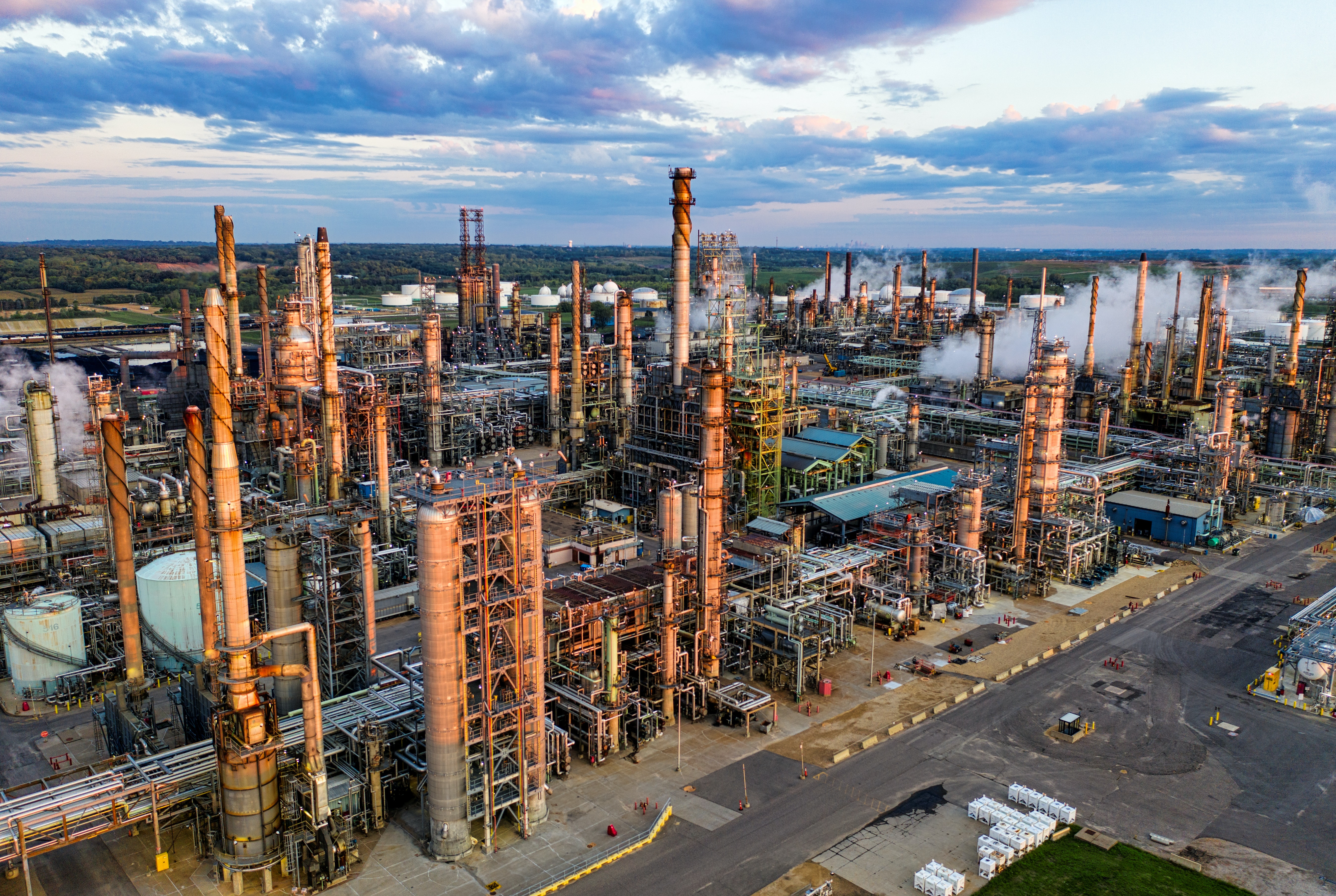
By utilizing distributed fiber optic temperature sensing technology, refining and petrochemical plants can obtain temperature data in a timely manner, monitor temperature changes in real time, proactively identify potential issues, and take appropriate measures for adjustments and maintenance. This helps improve the safety, stability, and efficiency of the plant, while reducing the risks of accidents and equipment failures.





